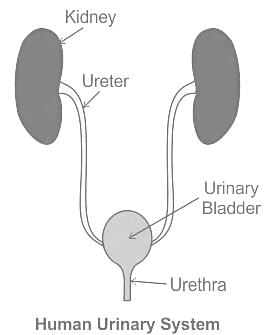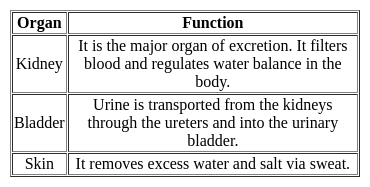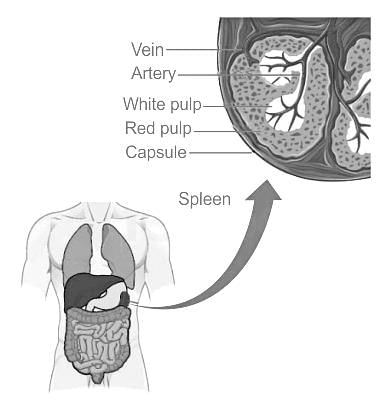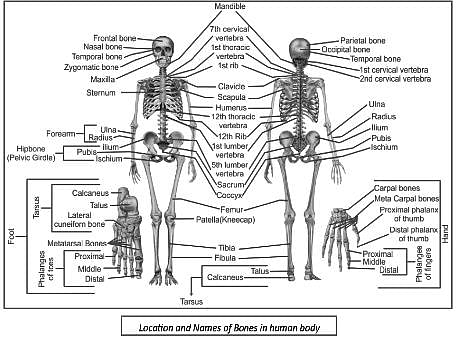Software Development Exam > Software Development Tests > Test: General Science (Human Biology) - Software Development MCQ
Test: General Science (Human Biology) - Software Development MCQ
Test Description
10 Questions MCQ Test - Test: General Science (Human Biology)
Test: General Science (Human Biology) for Software Development 2025 is part of Software Development preparation. The Test: General Science (Human Biology) questions and answers have been prepared
according to the Software Development exam syllabus.The Test: General Science (Human Biology) MCQs are made for Software Development 2025 Exam.
Find important definitions, questions, notes, meanings, examples, exercises, MCQs and online tests for Test: General Science (Human Biology) below.
Solutions of Test: General Science (Human Biology) questions in English are available as part of our course for Software Development & Test: General Science (Human Biology) solutions in
Hindi for Software Development course.
Download more important topics, notes, lectures and mock test series for Software Development Exam by signing up for free. Attempt Test: General Science (Human Biology) | 10 questions in 12 minutes | Mock test for Software Development preparation | Free important questions MCQ to study for Software Development Exam | Download free PDF with solutions
Detailed Solution for Test: General Science (Human Biology) - Question 1
Detailed Solution for Test: General Science (Human Biology) - Question 2
Test: General Science (Human Biology) - Question 3
The body temperature of a normal human being is
Detailed Solution for Test: General Science (Human Biology) - Question 3
Detailed Solution for Test: General Science (Human Biology) - Question 4
Test: General Science (Human Biology) - Question 5
Which of the following is not a vestigial organ of human?
Detailed Solution for Test: General Science (Human Biology) - Question 5
Test: General Science (Human Biology) - Question 6
Which of the following is a trace mineral in the human body?
Detailed Solution for Test: General Science (Human Biology) - Question 6
Test: General Science (Human Biology) - Question 7
Scurvy is caused by the deficiency of which vitamin?
Detailed Solution for Test: General Science (Human Biology) - Question 7
Test: General Science (Human Biology) - Question 8
Which of the following organ is not a part of the human excretory system?
Detailed Solution for Test: General Science (Human Biology) - Question 8
Detailed Solution for Test: General Science (Human Biology) - Question 9
Detailed Solution for Test: General Science (Human Biology) - Question 10
Information about Test: General Science (Human Biology) Page
In this test you can find the Exam questions for Test: General Science (Human Biology) solved & explained in the simplest way possible.
Besides giving Questions and answers for Test: General Science (Human Biology), EduRev gives you an ample number of Online tests for practice
Download as PDF
























